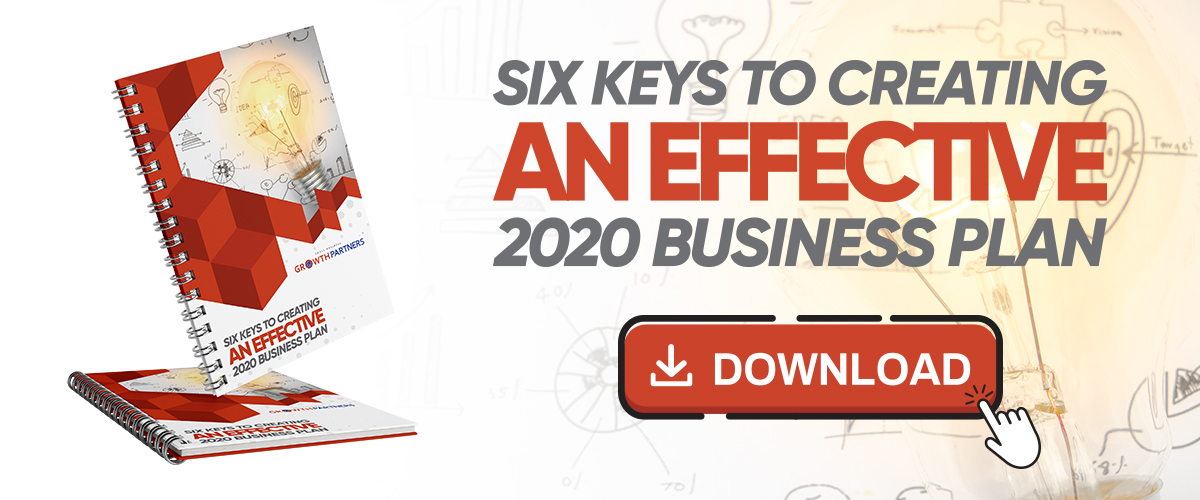.
Direct Costs
Direct costs consist of two primary categories – labor and materials. As a contractor, you must first determine the cost of getting the work done. If using subcontractors, make sure you have an agreed-on price point for each phase of the job. If you are employing laborers directly, calculate a per-hour price for each employee. Regarding hourly employees, it’s prudent to factor in a time cushion as many jobs take longer than anticipated due to unforeseen variables like weather and site location. Always plan ahead and allow extra money for this.
For material costs, the most accurate and consistent pricing involves using known and dependable vendors who you have worked with before. Make sure you have a guaranteed time of delivery and don’t forget to add in delivery fees if applicable. Check to be sure all material is available and in stock.
Indirect Costs
Indirect costs include equipment and fuel to operate it, insurance and bonding, and taxes. When it comes to your vehicles and equipment, make sure to factor in a percentage cost per job to cover wear and tear on your machinery. Calculate this cost based on the profit projection for the job times a preset percentage. Allot this amount to every job you contract and carry it over from one job to the next if you don’t spend it. While you may not spend it every time, you’ll be prepared for when you do need it.
Insurance and bonding costs are usually determined by the amount of money to be spent on the project. There will be a price ceiling for you project based on your coverage plan and amount, so make sure your bid falls below this cap.
Taxes are one of the most undesirable and often overlooked aspects of the job cost and subsequent bid. Always factor in all tax payments, both by project and for annual dues.
Bottom Line
The bottom line is your key number, and what you must look at as your final expected profit. Once you have calculated all of your costs to complete the job, what you have leftover from the bid amount will result in your profit. Your bottom line is the minimum amount acceptable to you that this profit represents. While only you can determine what this number should be, you should always shoot for something above it. Due to the nature of construction, you can virtually guarantee that there will be unexpected costs not represented by your initial cost projections. These will inevitably eat into your profits, so make sure your bottom line reflects the time and money hindrances you don’t foresee. Remember, the longer a project takes, the more your margins will erode.
Another factor to keep in mind regarding your bottom line is how valuable the client is to the company. If you are networking and building a relationship for the future, you may be willing to sacrifice a large profit margin in exchange for ongoing work and a good reputation. Use your best judgment, be honest, and treat people the way you’d like to be treated. You can expect a long and profitable career by being diligent throughout the process.






